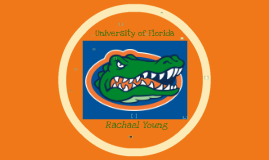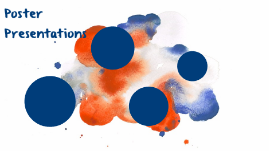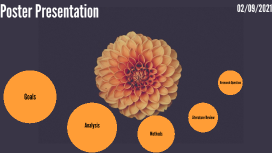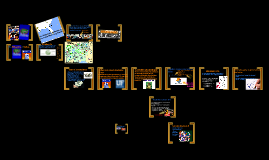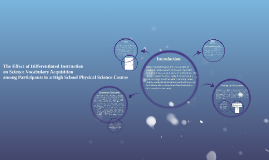University of Florida
Transcript: 59% Female Campus Life In-State Tuition Per Year: 11,460 Charlotte, NC to UF: 454 miles; 6 hours, 54 minutes Email: freshman@ufl.edu Applicants & Acceptances University of Florida UF attracts symphony orchestras, and Broadway shows/plays UF has been ranked among the nations 10 athletic programs in the last 20 years. Most students live off campus 983 clubs to choose from Sororities & Fraternities Public School Popular Majors **Out of State** Room/Board: Scholarships Male/Female Ratio Class Rank Enrollment 17,137 Location Number of Acceptances: Other Fees The class GPA rank has an average of 4.3 GPA and 1958 as a SAT score. Usually, more than 90% of the freshman score above the national average. Available scholarships at UF are Hal W. Lively Memorial Scholarship Fund, Interior Design Scholarship, Jennings Scholarship, and the O. Ruth McQuown Scholarship. Graduate Student Enrollment: $8,640 Undergraduate: $27,321 Graduate: $22,603 26,513 In 1853 East Florida Seminary took over the Kingsbury Academy in Ocala. They moved to Gainesville in the 1860's and named it Florida Agricultural College. In 1905, the college became a university. For the first time, in 1949, they allowed women to attend the school. With more than 50,000 students, UF is now one of the largest universities on the nation. Undergraduate: $5,044 Graduate: $7,478 Total Cost: Type of School $36,961 Tuition Undergraduate Student Enrollment: Out of State Tuition Per Year: Rachael Young Psychology, Human Nutrition, Business, Health Sciences, and Engineering $1,000 Student/Faculty Ratio History Phone Number: 352-392-1365 Address: 2500 Southwest 2nd Avenue, Gainesville, FL 20:1 41% Male Number of Applicants: Books: 32,776






